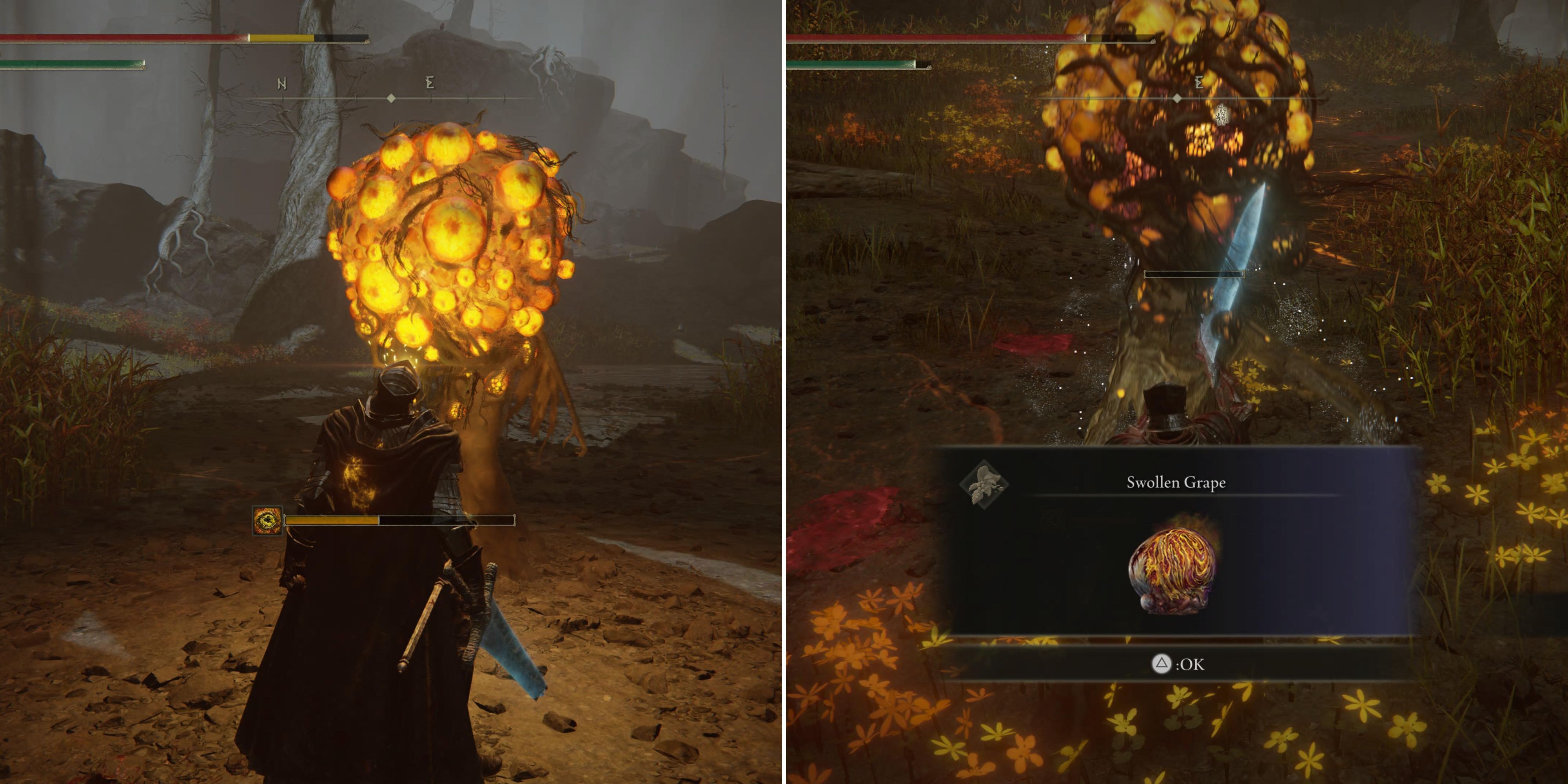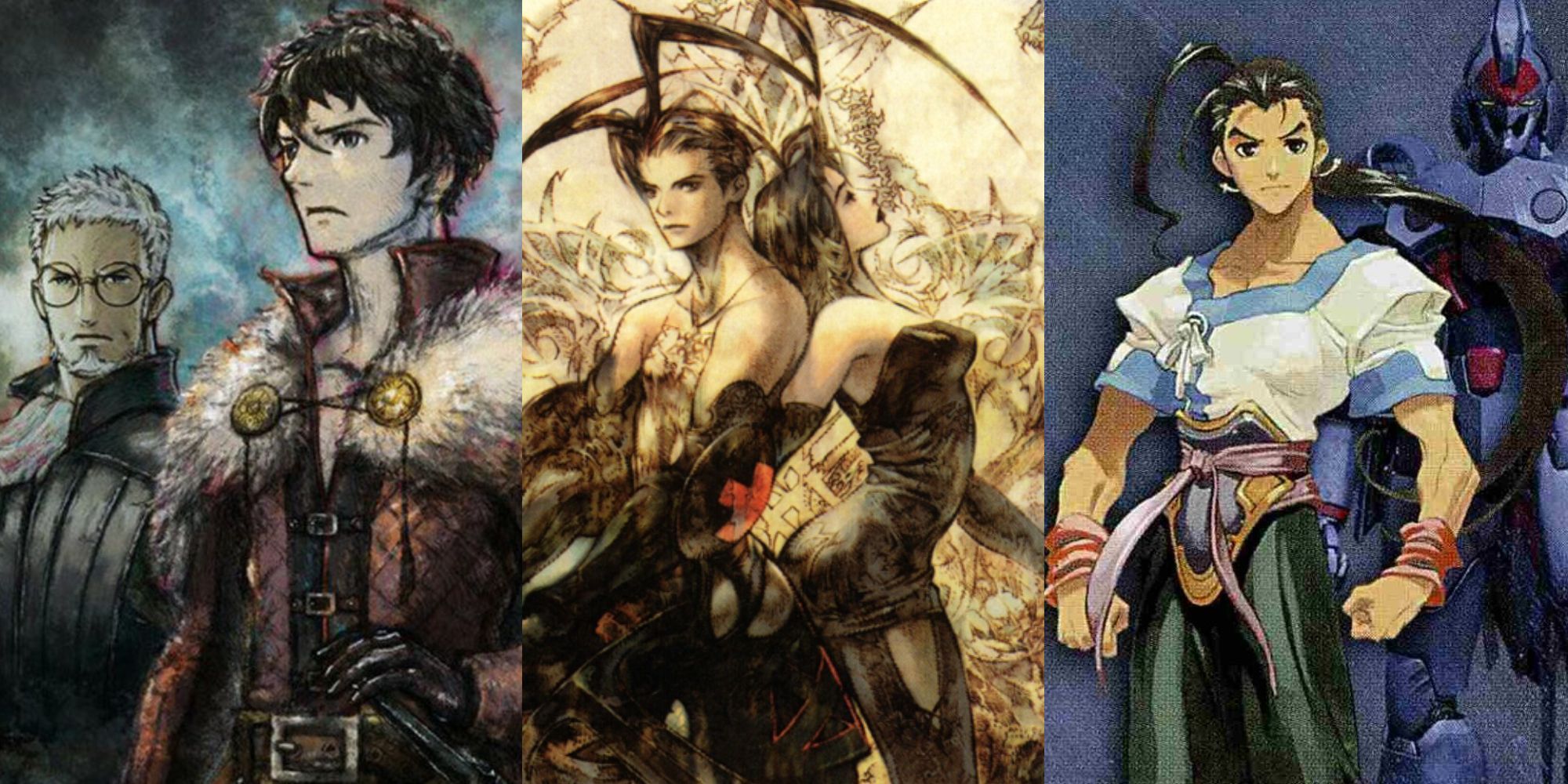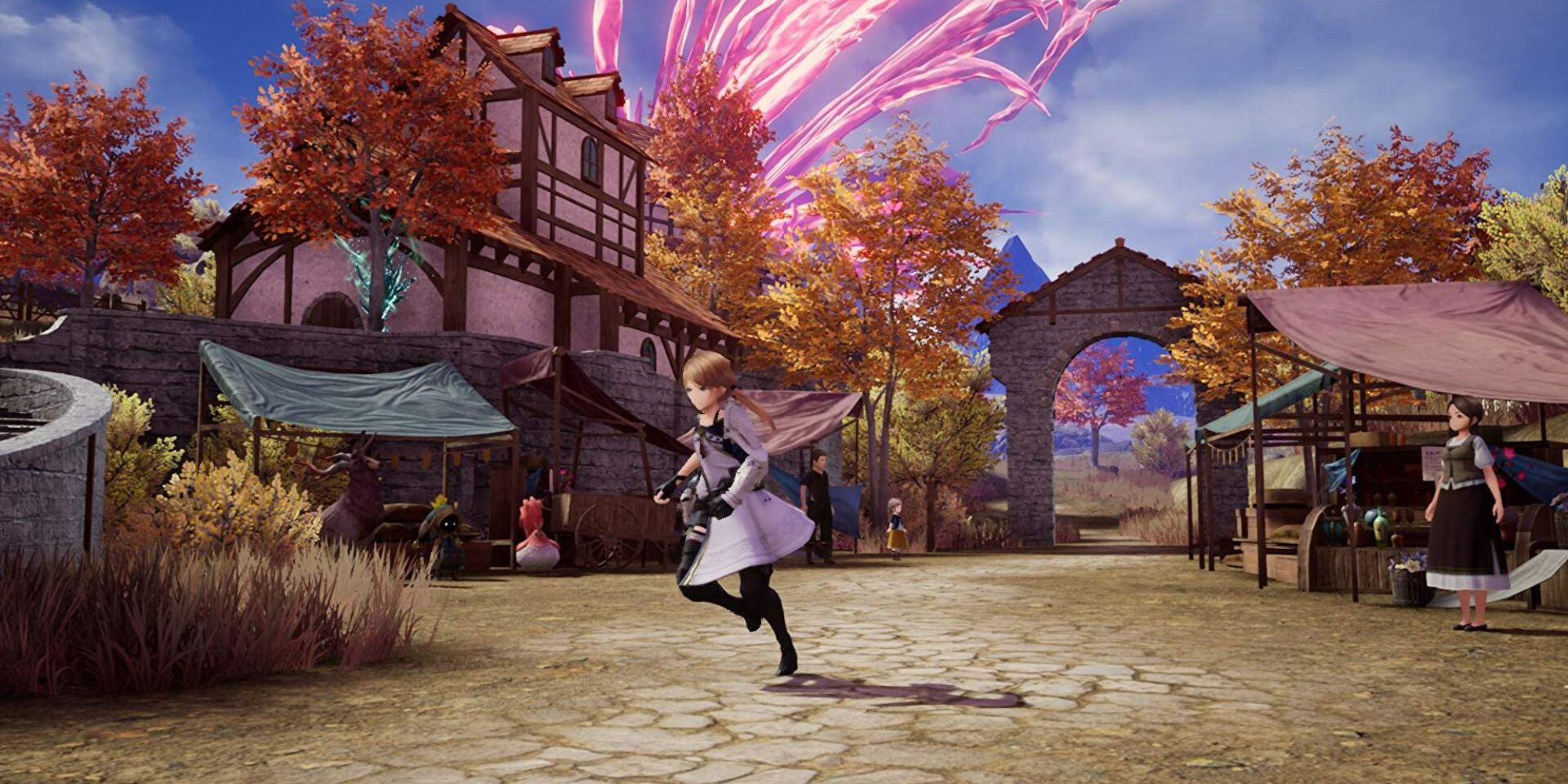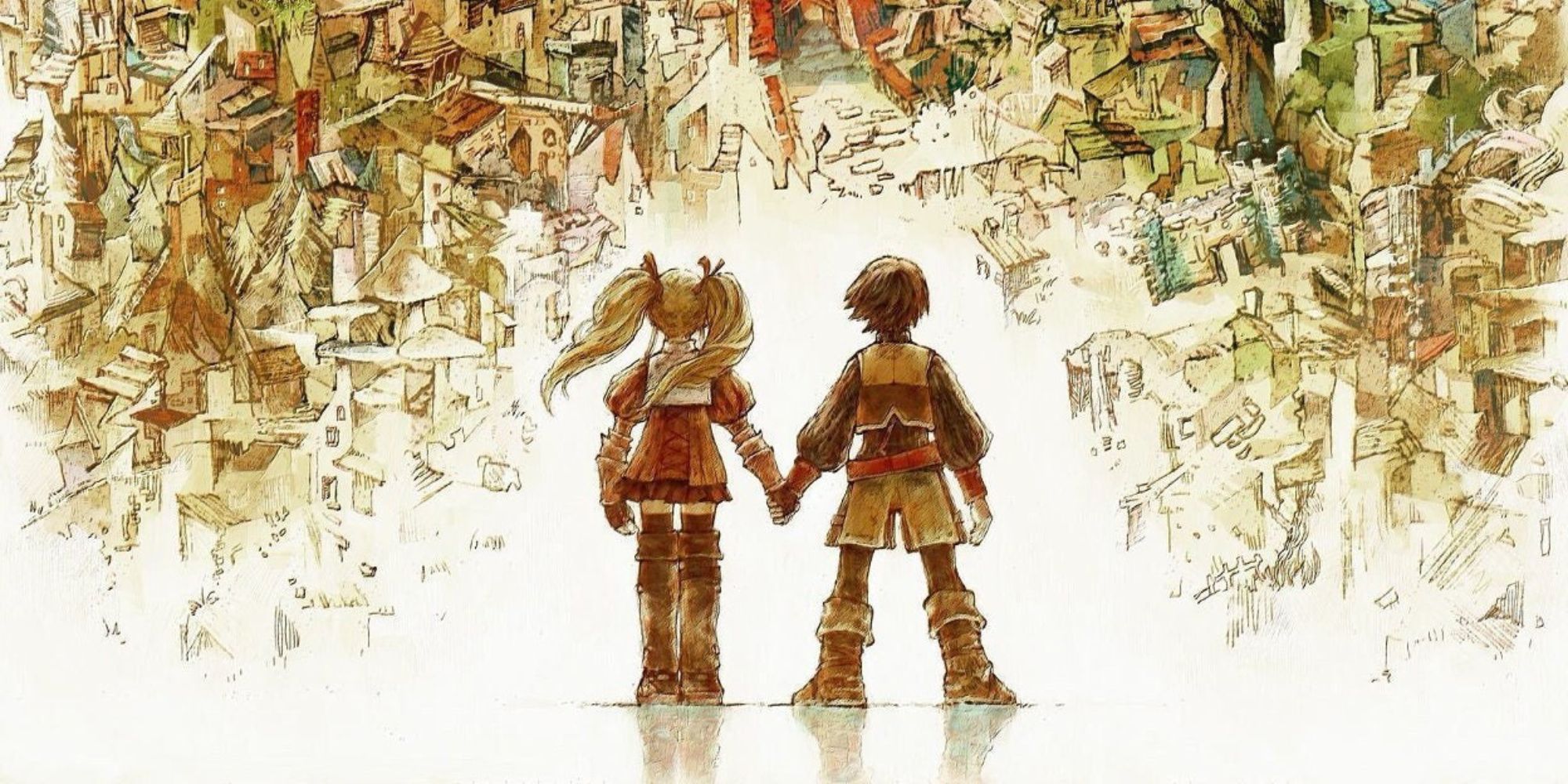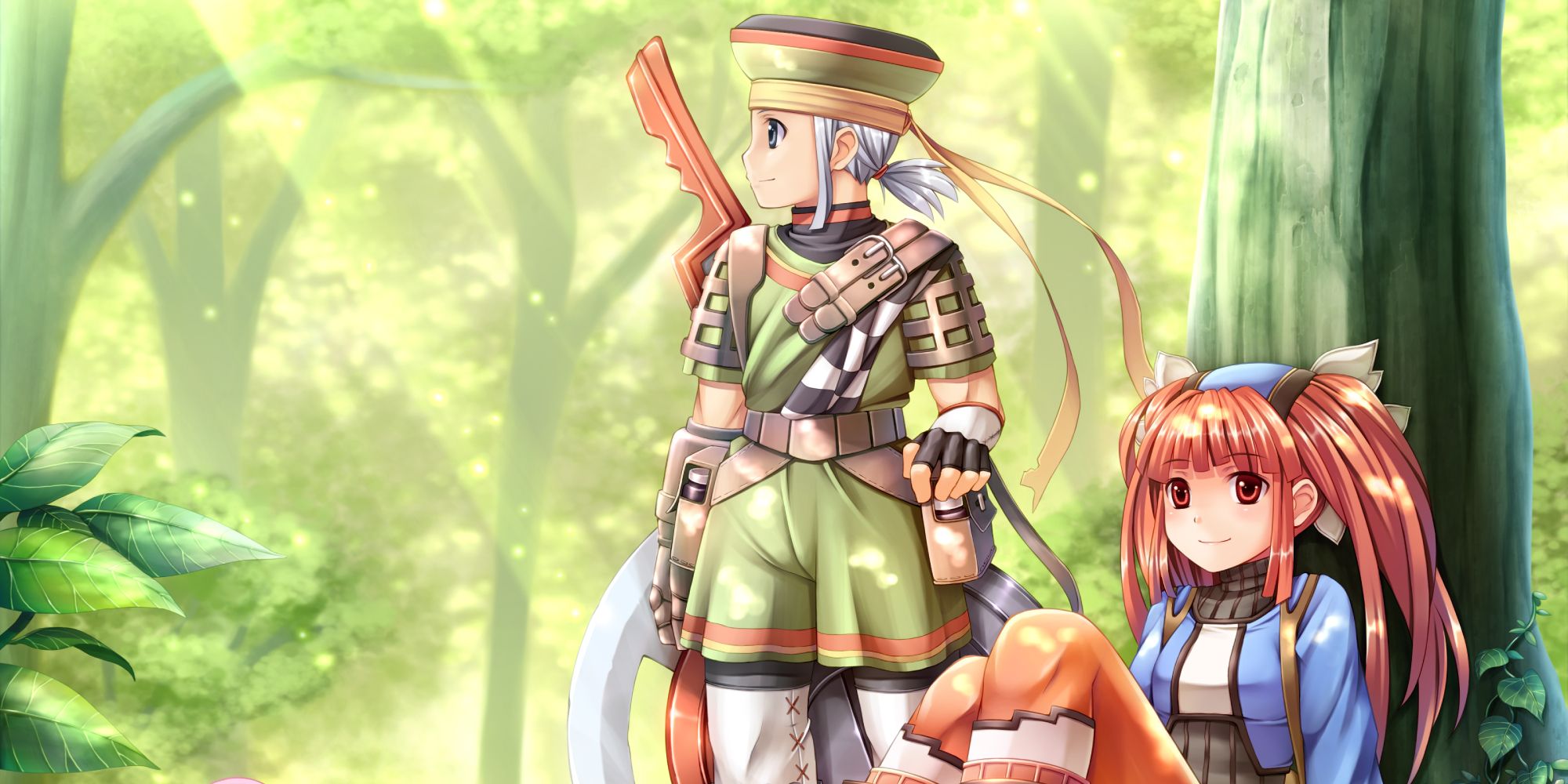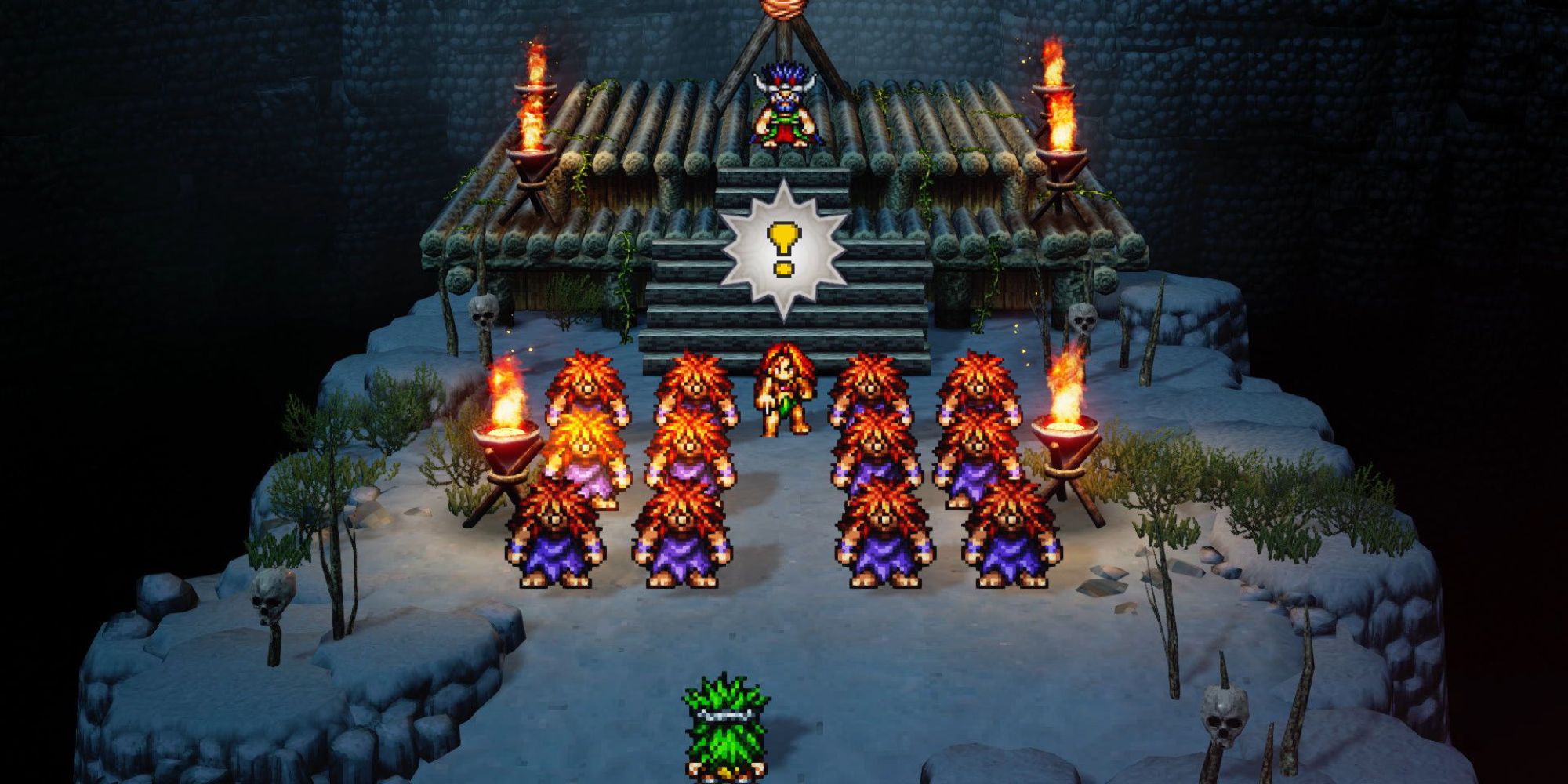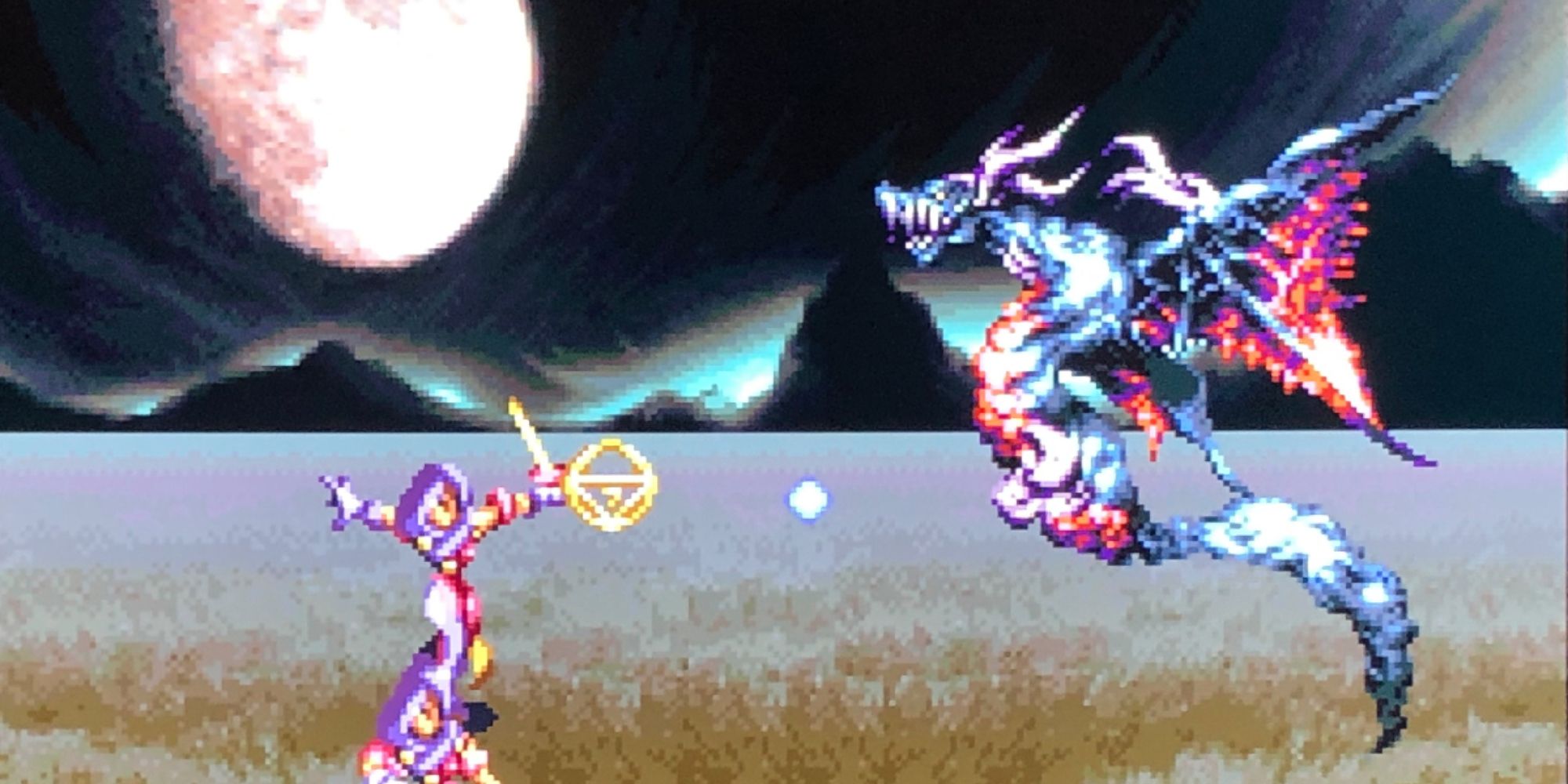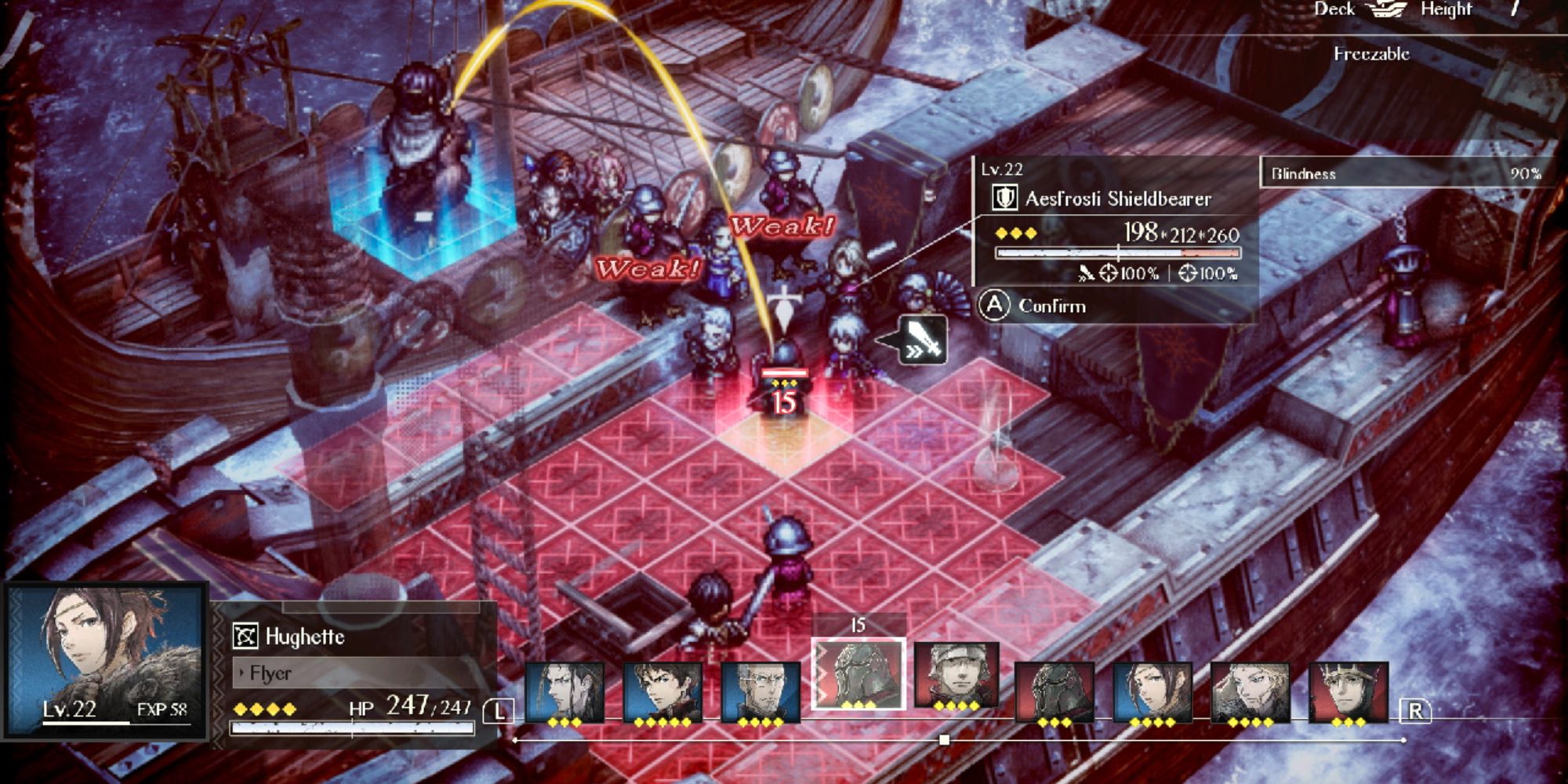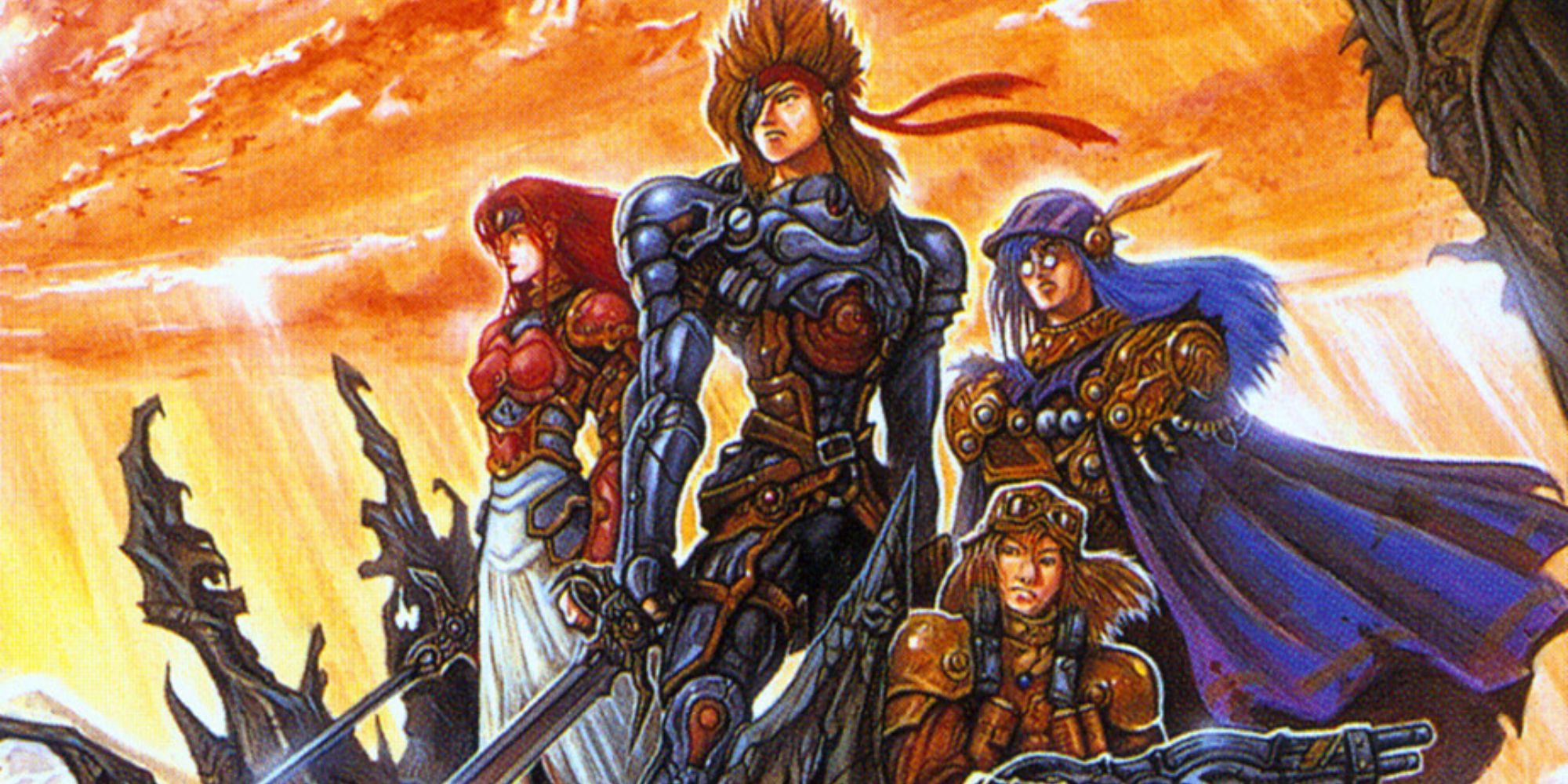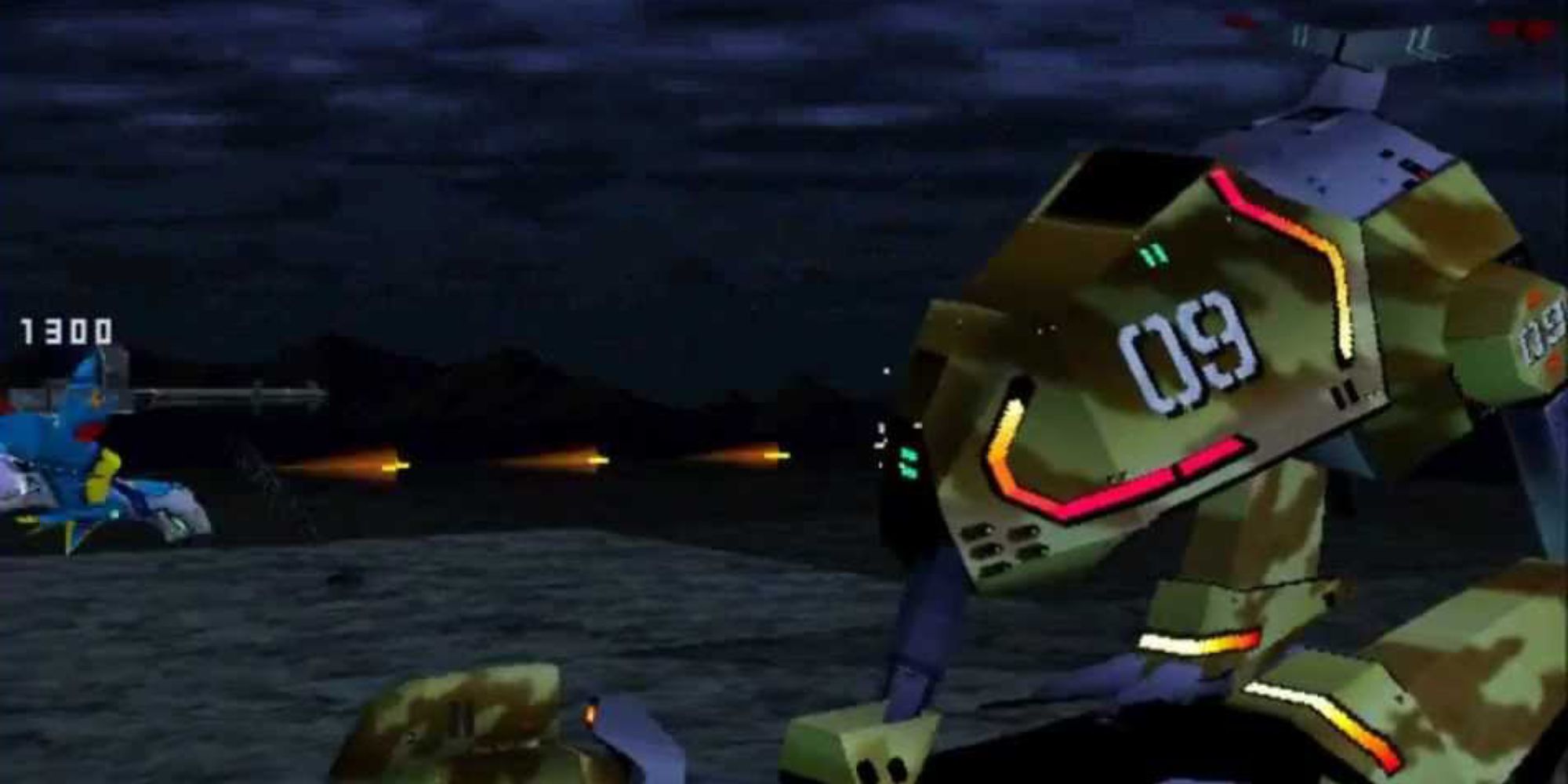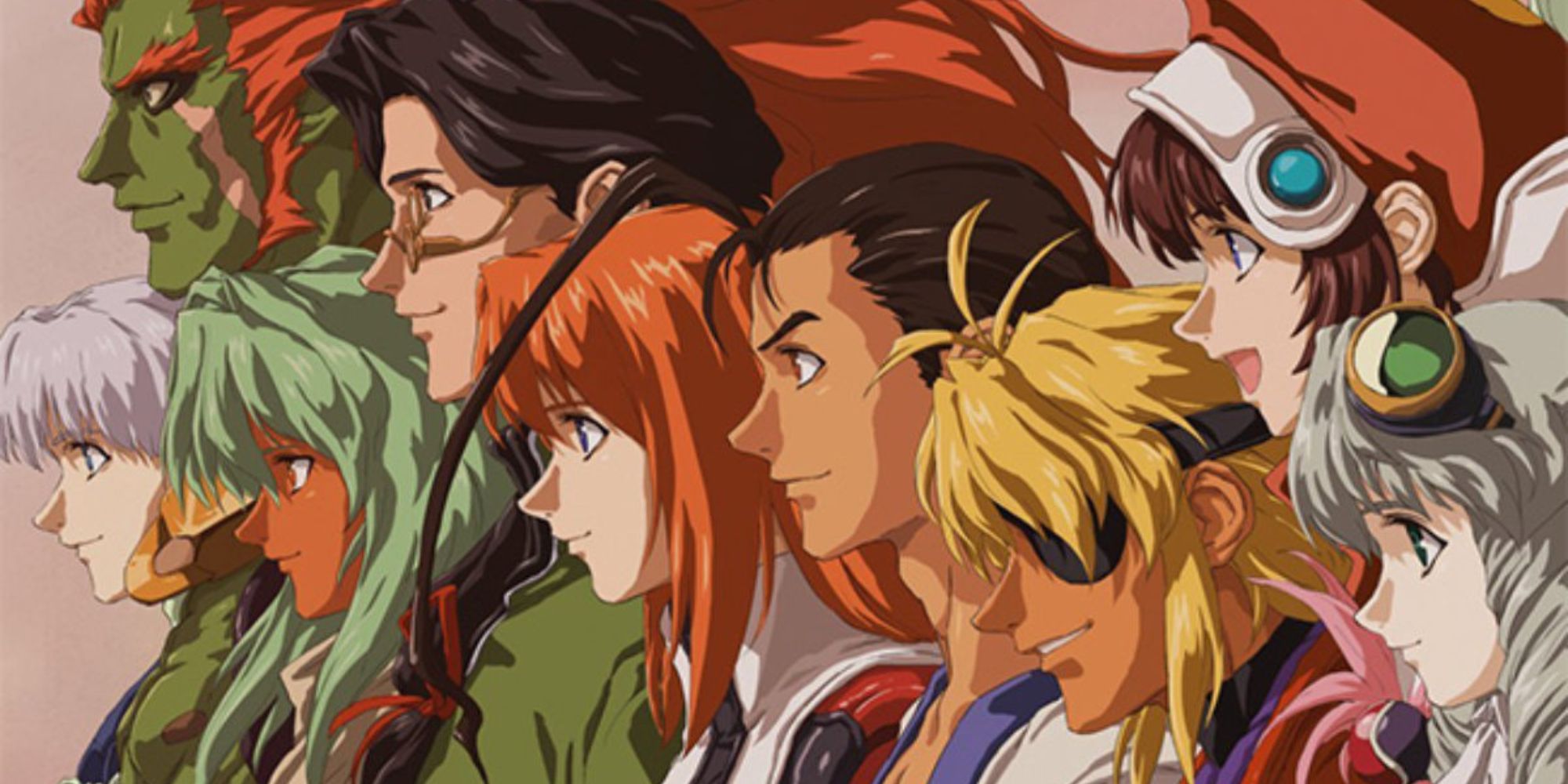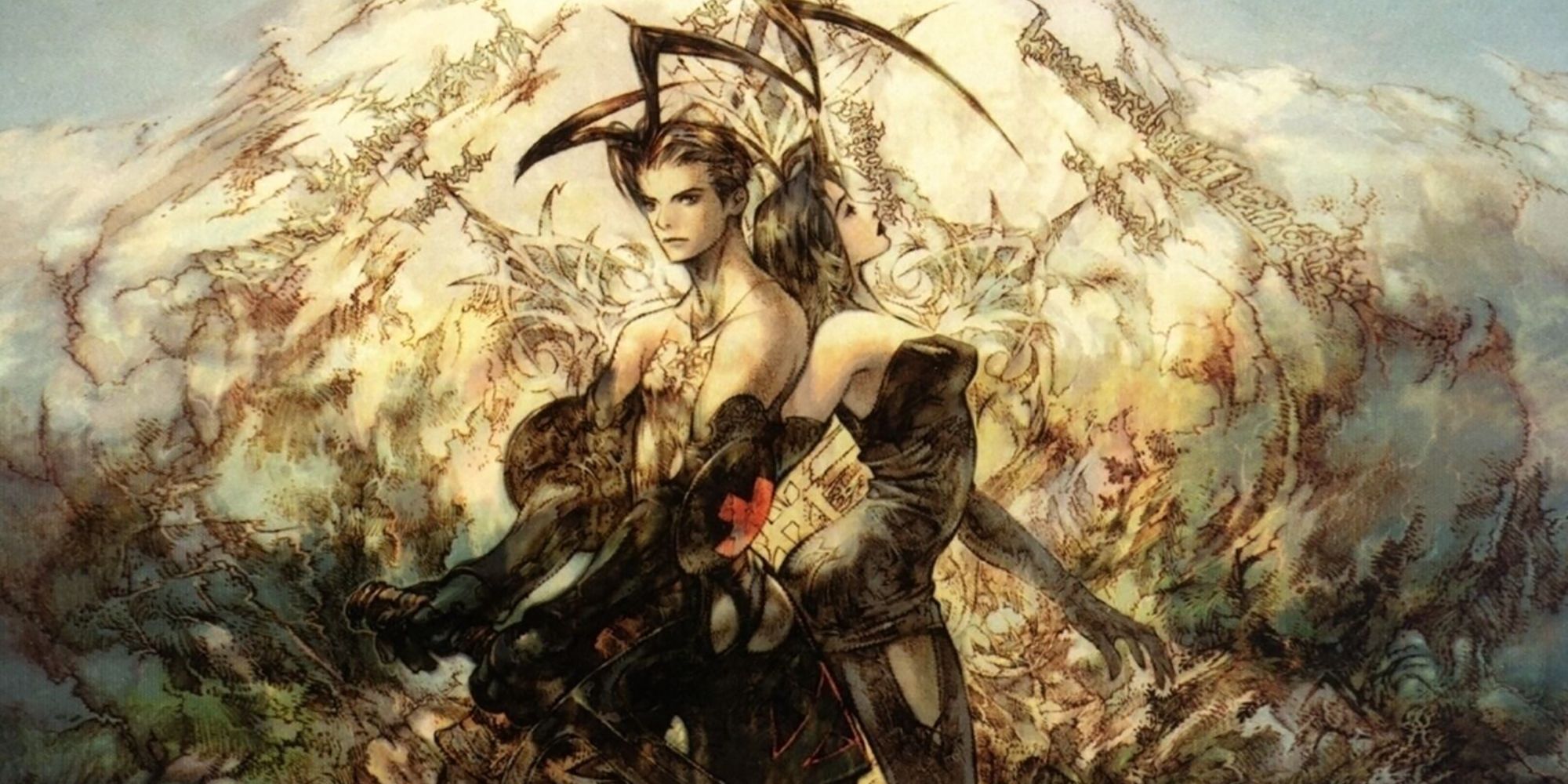Square Enix has built a reputation for a ton of excellent franchises. Most notably, the Final Fantasy and Dragon Quest franchises stand as the giants of the JRPG genre, while a bunch of smaller franchises have attracted countless critical and commercial acclaim, from Parasite Eve to the Chrono games.
Their franchises are so notable that it can be easy to forget that they have a few solid standalone titles as well. These games are all Square Enix titles that show the publisher’s knack for great JRPGs along with a few notable dips into other genres along the way and prove there’s more to them than just Final Fantasy.
10 Harvestella
Harvestella is a very Square Enix take on the farming sim genre. The bulk of Harvestella’s gameplay is a life sim where players can befriend local villagers, farm, fish, and craft items in line with what’s expected from games like Harvest Moon or Animal Crossing. However, this is disrupted by something known as Quietus, which brings death and destruction to the land, requiring the player to battle enemies and uncover the secrets behind Quietus.
The game received moderate reviews, with reviewers calling it a solid Square Enix equivalent to the Rune Factory series and praising its concept and visuals.
9 Radiata Stories
Radiata Stories was an action RPG released for the PS2 by tri-Ace, the developers of Star Ocean. It had the unique gimmick of being able to recruit NPCs from around the world, with 176 possible characters who can join the protagonist on his adventures.
Reviewers praised its vibrant art style and simplistic combat mechanics that made it an ideal title for beginners, and its branching storyline that allowed for a huge amount of replayability. It’s a hidden gem in Square Enix’s catalog.
8 Threads of Fate
Threads of Fate was released late in the PS1’s lifespan and was designed by programmer Koji Sugimoto to be a light-hearted contrast to the game he’d previously worked on, Xenogears. From the start, it was meant to be aimed at a younger audience, with cute designs, simple gameplay, and shorter length.
The game had two protagonists, one who could transform into various monster forms and another who could use elemental spells, providing the game with plenty of variety. While RPG veterans felt it may have been too simplistic for their tastes, it provided a memorable experience for younger players.
7 Live a Live
While Octopath Traveler in 2018 showed Square making an RPG that brought together multiple stories that crossed paths, it wasn’t the first time they played with this formula. In 1994, they released Live a Live for the Super Famicom, an RPG set across multiple time periods, all with their own cast of characters, storylines, and even mechanics. It was an ambitious project that won a ton of critical acclaim, although it sadly never left Japan at the time.
In 2022, Square Enix remade Live a Live for the Switch, bringing its influence on Octopath full circle with the remake adopting the visual style of the 2018 RPG. This also received a vast amount of critical acclaim, this time reaching a worldwide audience.
6 Bahamut Lagoon
Bahamut Lagoon was a passion project for Final Fantasy 6 graphic designer Hitoshi Sasaki, working with a team of veterans to make a strategy game. As the game featured so much Final Fantasy staff, it initially got developed as Final Fantasy Tactics, before it went in its own direction and the name ended up applied to an entirely different project later on.
Bahamut Lagoon was released exclusively in Japan for the Super Famicom in 1996, and went on to be Square’s third best-selling title that year behind Super Mario RPG and Tobal No. 1. The story and unique mechanics involving raising and caring for dragons that can be used in combat were both highly praised on the game’s release.
5 Triangle Strategy
If Octopath Traveler and Bravely Default were franchises that attempted to recreate the classic style of Final Fantasy, Triangle Strategy is modern-day Square Enix’s attempt at reviving Final Fantasy Tactics. Using the same HD-2D art style beloved of the publisher’s recent smaller project, Triangle Strategy is a turn-based strategy game set in a three-way war.
Triangle Strategy was praised for its visuals, gameplay style, and unique branching narrative where decisions were made by convincing members of the council to vote in certain ways. These decisions are also wide-reaching, affecting who you can recruit and what role they can fulfill in the story.
4 Treasure of the Rudras
Treasure of the Rudras was Square’s last game for the Super Famicom. It’s a unique title due to how heavily its narrative relies on Hindu mythology, something that’s not often used for fantasy settings. It also featured a complex magic system where players combined words to make mantras, each of which would produce a different effect depending on the combination, allowing creative expression within spell casting.
Due to this complex magic system and its late release on an aging system, the game failed to get a Western release, but it’s generally considered to be a lost classic deserving of more attention.
3 Einhander
While most of Square’s output over the years has been firmly in JRPG territory, Einhander stands out as a significant exception. It’s a side-scrolling shoot-em-up in the vein of Gradius or R-Type, with 2.5D visuals and a story involving a war between the Earth and the Moon, using elements of Greek mythology as the basis for its plot.
The game launched to almost universal acclaim, bringing the PS1 a solid shmup at a time when the genre was falling out of favor. Even critics who felt the genre was beginning to get tired loved it, praising it as a much-needed advancement.
2 Xenogears
While not formally part of a franchise, Xenogears is often connected to its spiritual successors Xenosaga (owned by Bandai Namco) and Xenoblade (owned by Nintendo). That said, it is a standalone title and is often considered one of Square’s best titles from the PS1 era.
An ambitious tale of religion, psychology, and giant robots, the game suffered a number of setbacks during development that caused certain story beats to be cut down and reworked. Despite this, however, the game would go on to huge critical and commercial success and today is considered one of the greatest games ever made.
1 Vagrant Story
Vagrant Story is an action RPG that was released late in the PS1’s lifespan and pushed the little gray box to its limit with its cinematic storytelling, technical combat system, and a moody plot centered around supernatural events and a political conspiracy in a ruined city. Its dense battle system included limb targeting, a rhythm-based combo system, and a complex weapon crafting system that could prove difficult to grasp at first but soon proved to make the player feel powerful once they’d mastered it.
Vagrant Story has since been loosely connected to parts of the Final Fantasy franchise, as it’s now confirmed to be set in Ivalice, the same world as Final Fantasy 12, and the ruined city of Lea Monde has shown up in Final Fantasy 14. However, it is clearly a game with its own standalone story and mechanics that still holds up to this day.


